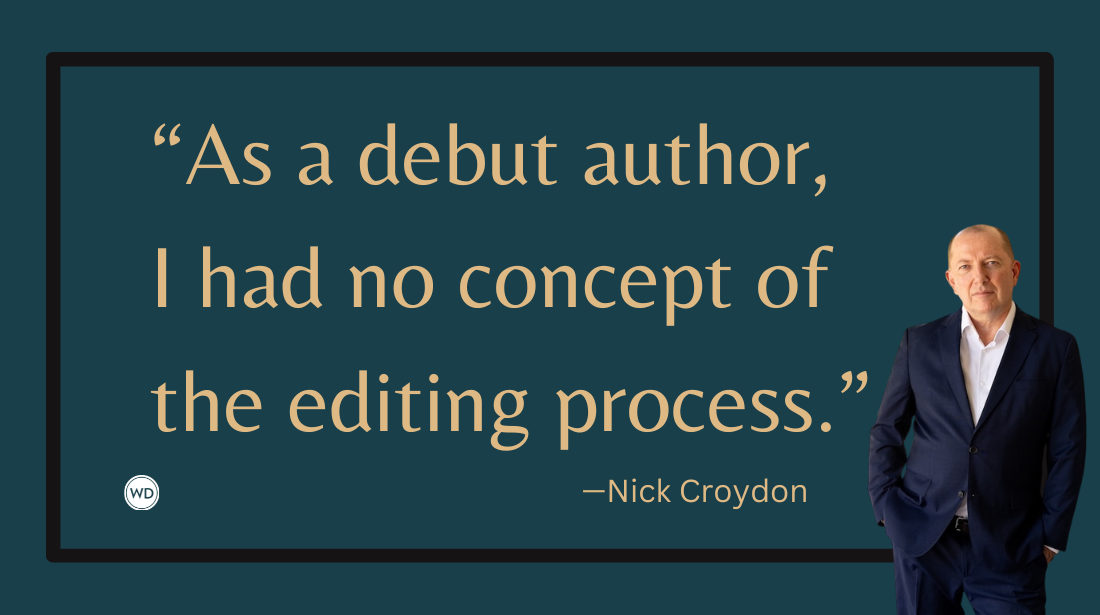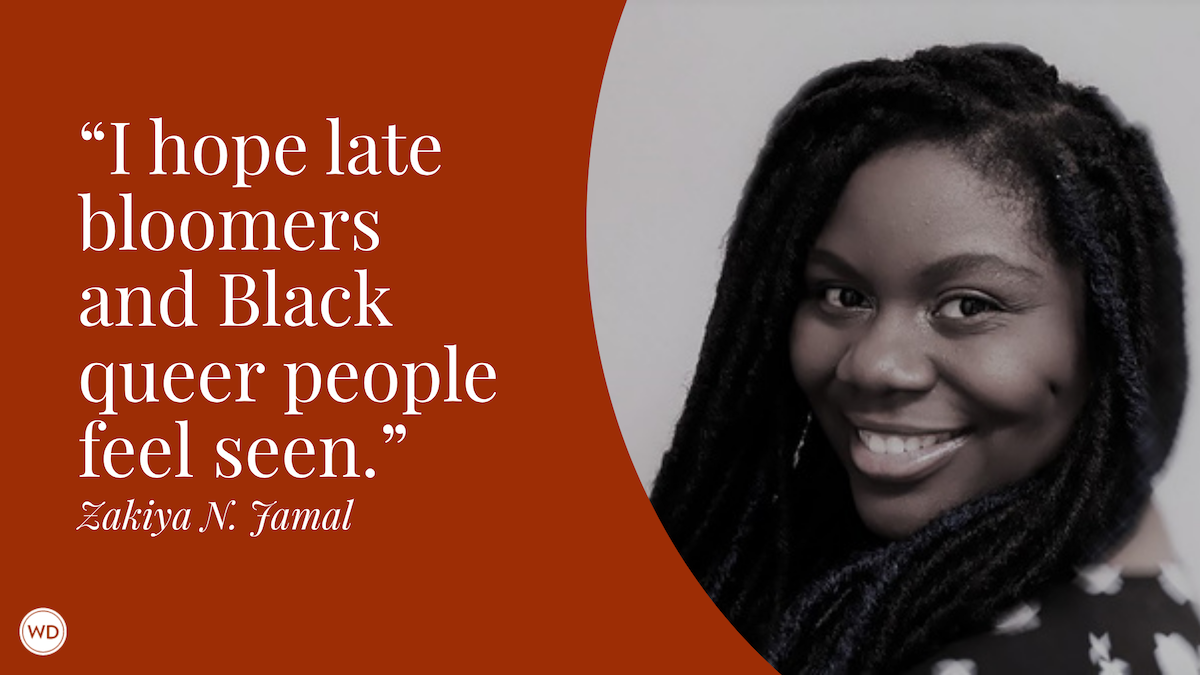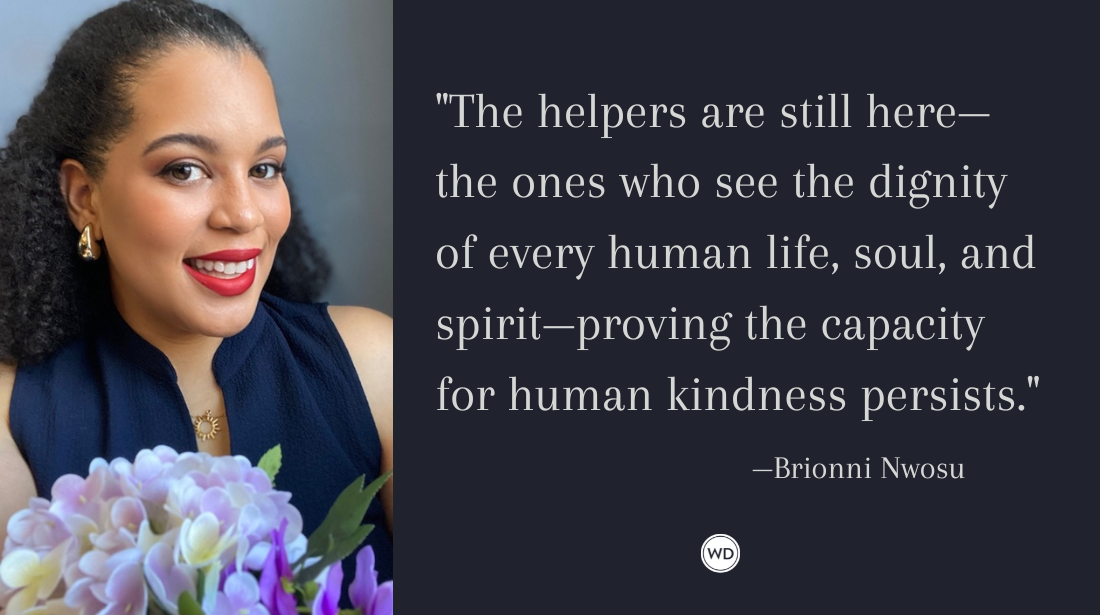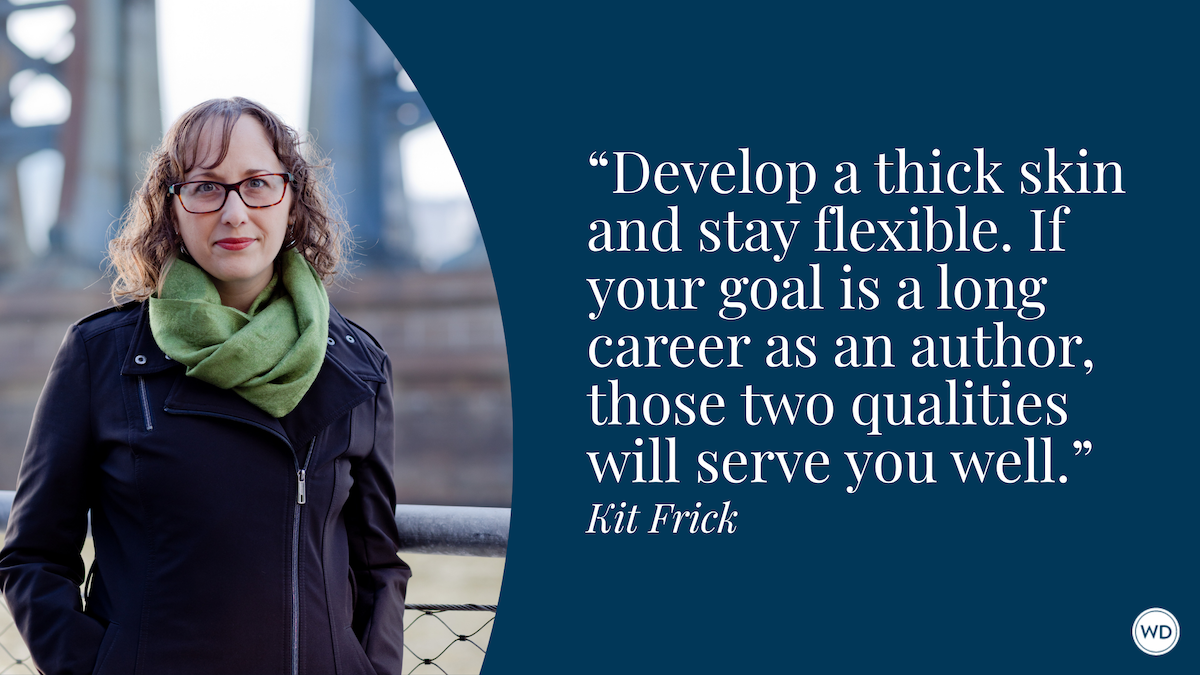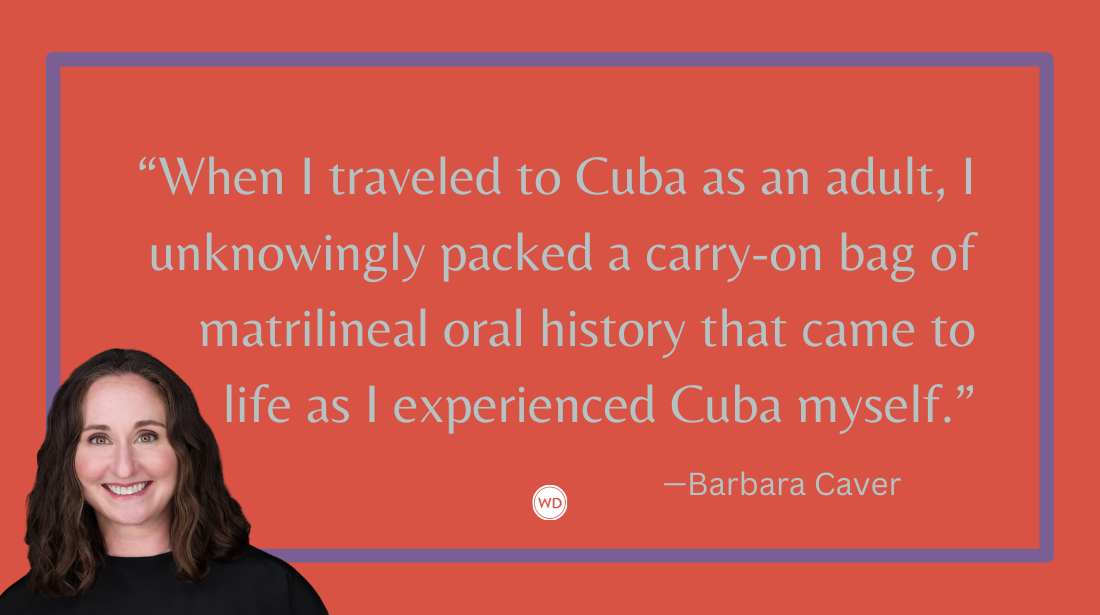When a Memoir Is a Novel: The Thin Line Between Fabricated Fact and Real Fiction
Author Heidi McCrary digs into when a memoir is a novel (or at least, when it should be a novel) and examines the thin line between fabricated fact and real fiction by looking at her own novel, Chasing North Star.
“What did you think?” I asked my friend, over a cup of coffee at my neighborhood café. She held my manuscript in her hands, and shook it for emphasis as she searched for words.
“Wow,” she finally said. “Did your mother really do all that, or was that the part you made up?”
And that’s the most asked question I receive from the initial readers of Chasing North Star, my debut novel inspired by a true story. It makes me smile because after spending seven years with this dear manuscript, even I’m occasionally unsure of the blurring of the lines between memoir and a good story.
(Writer's Digest uses affiliate links.)
Write What You Know
Write about what you know, an author friend once offered up, upon listening to my frustrations after several unsuccessful starts and stops on my way to finding the right story. She was absolutely correct. As my sister and I shared stories of our colorful past at more than one book club gathering, it became clear that along with my childhood being dark, scary, and sad, it was also damn well entertaining.
But…
Didn’t we all have a colorful childhood? After all, I grew up in the Mad Men era when mothers drank while pregnant, cars had ashtrays, and fathers could slap Timmy, the kid next door, for smartin’ off without repercussions from the law or Timmy’s father. How often have we told our children that we lived in a time without seat belts and helmets. We basically ran ‘til dark, and found stuff to do that didn’t involve organized sports providing participation trophies. I didn’t have one trophy as a child, and I was too busy picking at scabs on my knees, and gnats out my hair to notice.
But…
Hasn’t that colorful childhood story been done? One only has to look at the wild success of The Glass Castle by author Jeannette Walls, to know that crazy parents make for one entertaining story. And if the world can have a multitude of books centered around westerns, civil wars, sci-fi, and vampires, certainly, there is room for one more memoir. There was just one problem. I was very little during the time I have written about. Memories are foggy, and I remember only snapshots of events. Determined to overcome that one challenge, poetic license in hand, I started driving down another road—adding twists and turns that created a more complete roadmap. And taking readers down a path that includes a beginning and end of the story.
So…
Memoir or Novel?
When does a memoir stop being a memoir? There is no definitive answer since many memoir authors (Memoirist? Memorialist? Nope, sounds wrong.) acknowledge filling in the gaps with fictitious dialogue and details. But, there comes a tipping point, when too much inventive narrative creates a book of fiction. While Chasing North Star is officially a novel, when asked if I wrote a memoir, the answer is a hesitant, “Kinda.”
Let me explain…
Perhaps it’s just the circle I run in—surrounded by literary enthusiasts oozing with artistic talent and intellect. When I voiced my belief that Everyone has written a book to a friend of mine who runs in a far different upscale circle from me, she replied, “You’re the only author I know personally.” That’s when I understood how our immediate circle of friends paints our vision on a much larger plain. While my friend can easily envision a world where everyone belongs to or owns a country club, looking at my friend, I realize she is immersed in a world consisting of jetsetters and movers and shakers. Yet, she is the only person I know who owns a golf course. Different circles, different perspectives.
So, having had a colorful childhood isn’t enough. You must tell a story that takes people on a ride. In my case, I chose to tell a second story within my memoir—a look back at my mother’s own childhood, where she also felt the pain of a narcissistic mentally ill mother who laid out the path that would continue for another generation. I don’t believe in the adage that there are clear-cut heroes and villains. If you peel away the layers, you will find the good and bad in everyone.
So I created my mother’s story. A story within a story.
A Story Within a Story
Knowing little of my mother’s childhood in war-torn Germany, I created her journey in life. I knew some—a violent mother of her own, time in an orphanage, and a fear of loud noises, resulting from the bombs and sirens that went off without logic during the war in Germany. With that little information, I crafted her backstory.
“You didn’t make her mean enough,” is the feedback I received from my sister upon reading an early rendition of Chasing North Star. She was correct in her observation. Not a nurturing soul, our mother routinely took a hands-off approach to the task of parenting unless the actions of her children angered her. My sister’s review struck a chord with me, as I recalled the memoir by author Christina Crawford. In Mommie Dearest, Christina tells the true story of her childhood under the weight of her famous mother, actress Joan Crawford. While Christina paints a life of abuse and hardship, her younger siblings claim Christina fabricated and embellished many events in order to sell a book. This is a perfect example of how the same event can have completely different interpretations from those in the same exact situation. Christina’s version of her mother is her truth and shouldn’t be challenged based on “I didn’t feel that way, at all.”
While my brother and sisters recall a more violent childhood, I was younger, and cloaked in the security and protection of my older siblings. After contemplating making our mother meaner on page, I acknowledged and embraced my version of our childhood. I understand that my story of our mother is simply that—my version.
Part memoir, part fiction . . . it all makes for a great story.
*****
If you love to write and have a story you want to tell, the only thing that can stand between you and the success you’re seeking isn’t craft, or a good agent, or enough Facebook friends and Twitter followers, but fear. Fear that you aren’t good enough, or fear the market is too crowded, or fear no one wants to hear from you. Fortunately, you can’t write while being in the flow and be afraid simultaneously. The question is whether you will write fearlessly!
Heidi McCrary is the youngest of five children and lives with her husband Jon in Kalamazoo, Michigan, just a short drive from Alamo where she grew up. She now owns the family woods that are depicted in the book, where her children have been known to use as a place to get away from their own mother and father. Her two sons, Tyler and Phillip, are doing great despite being raised by a mother with no formal training. Embracing all that West Michigan has to offer, Heidi can often be found hanging with her family in Kalamazoo and the many unique towns along the Lake Michigan shoreline or on the local golf course, working on her goal of becoming a mediocre golfer. Heidi has worked in the media world all her adult life—many years with the West Michigan CBS television affiliate, and currently in the advertising industry. She is also a contributing writer for a regional women’s magazine.




